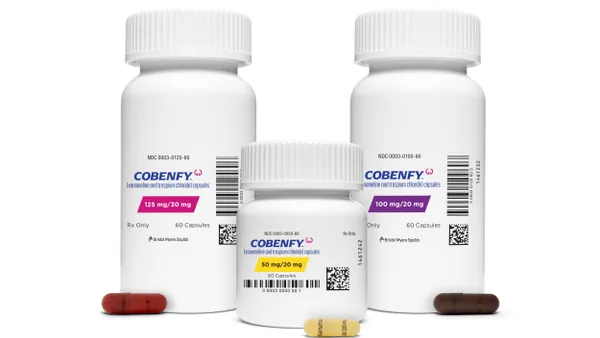A familiar story plays out in clinical development. A study launches with high hopes, site initiations go smoothly, and the initial enrollment projections look solid. Then numbers start to lag, and eventually the call is made to bring in a "rescue" patient recruitment partner.
This approach treats patient recruitment specialists as a last-ditch effort to pull a study back from the brink of significant delays. But what if we reframed their role entirely? Instead of thinking of them as a parachute to be deployed in a crisis, we should see them as part of the flight crew that’s involved from the very first stages of planning.
When a patient recruitment partner is brought in early, sponsors can go to market with a protocol and messaging proven to resonate, know how many sites they truly need for the study, and stay on track to meet critical timelines. Here’s how:
Get patient feedback on protocol and messaging before enrollment starts
Too many protocols are developed without fully considering the real-world challenges patients face: eligibility criteria that exclude too many people, messaging that doesn’t resonate, or burdensome requirements that discourage even the most motivated participants. These issues often lead to costly delays and protocol amendments that can cost up to $535,000 each.
Bringing in a recruitment partner early gives sponsors the chance to test their protocols with real patients and gather actionable insights. For example, they can validate inclusion/exclusion criteria to make sure they aren’t unintentionally cutting out large portions of the target population.
They can also test messaging and outreach strategies to see what sparks interest and uncovers barriers like travel or time commitments. With this feedback, sponsors can refine protocols upfront to be both patient-friendly and scientifically sound.
Optimize your site network from the start
Once a patient-centric protocol is in place, the next step is figuring out how many sites are really needed to hit enrollment goals. Sponsors often overestimate, which can lead to unnecessary costs for site selection, onboarding, and training. Even worse, underperforming sites can slow down enrollment and delay the study.
Recruitment partners can help sponsors right-size their site networks by looking at patient availability and site performance data upfront. For example, instead of opening 50 sites to enroll 100 patients, a recruitment partner might identify 30 high-performing sites that can reach the same goal. This focused approach cuts site management costs and speeds up timelines by putting resources where they’ll have the most impact.
Engaging a recruitment partner early allows sponsors to make data-driven site decisions, ensuring every dollar spent directly supports enrollment success.
Build realistic timelines that keep you on track
In clinical development, timelines are everything. Delays in enrollment can ripple through a study, causing missed milestones, higher costs, and slower time-to-market. Yet many sponsors set overly optimistic timelines without fully understanding the challenges of patient recruitment.
Recruitment partners offer insights into how long it will realistically take to enroll your target population. By testing outreach strategies and gauging patient interest early, they provide accurate projections for enrollment timelines. This helps sponsors set achievable goals and avoid the frustration of mid-study delays.
For example, we supported a movement disorder study where one criterion required patients to have used a specific standard-of-care medication. The sponsor assumed this would only exclude 20% of potential patients, but our enrollment model validation showed that 80% wouldn’t qualify. Catching this early allowed the team to adjust their strategy before recruitment even began.
From risk to readiness
Waiting until enrollment slows down to bring in a recruitment partner usually means scrambling to fix problems. By getting them involved early, sponsors can tackle the most common trial challenges upfront: creating patient-friendly protocols and messaging, optimizing site networks, and setting realistic timelines.
Shifting the view of recruitment partners from emergency backups to strategic allies lets sponsors make smarter budget decisions, reduce risk, and design studies that are both patient-focused and efficient. The result? Trials that enroll on time, stay on budget, and move confidently toward the finish line.










